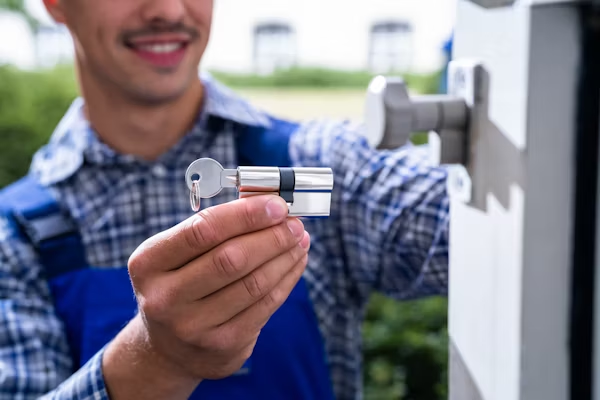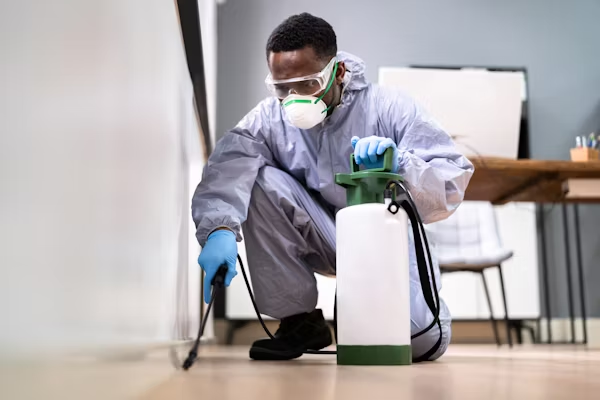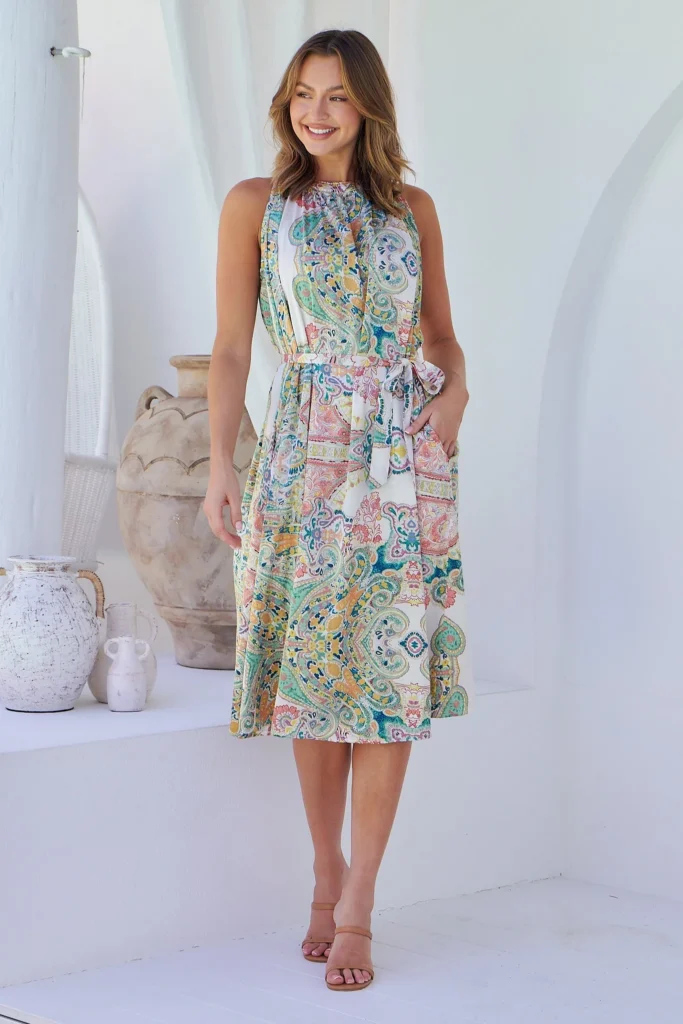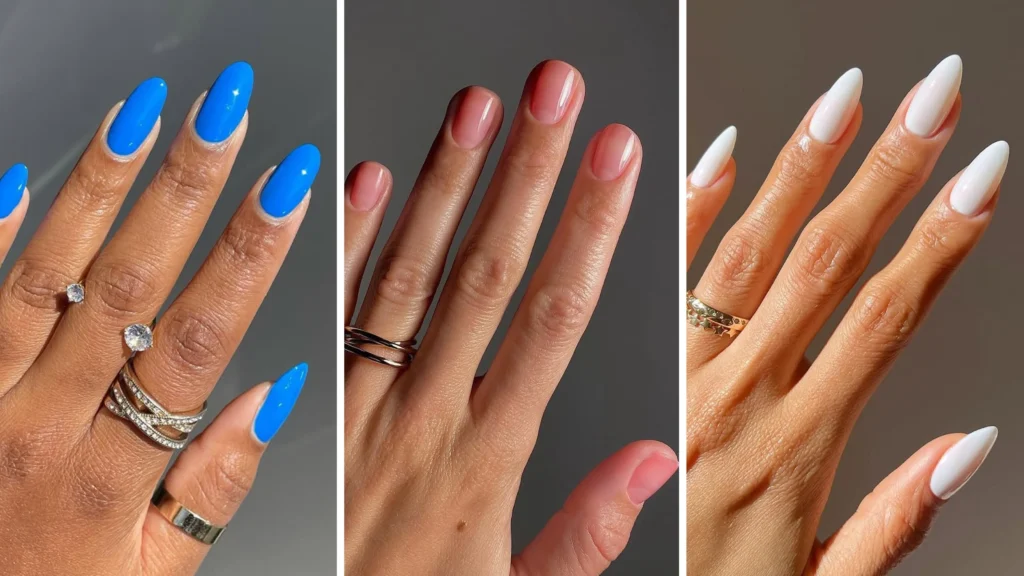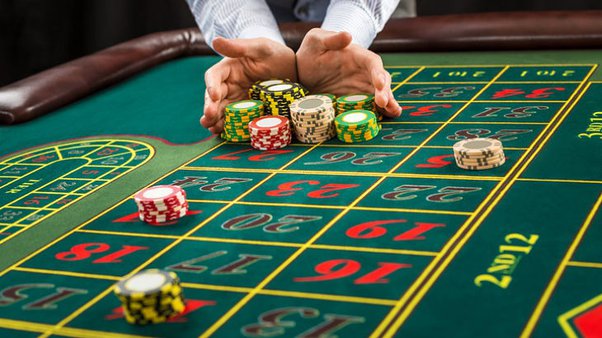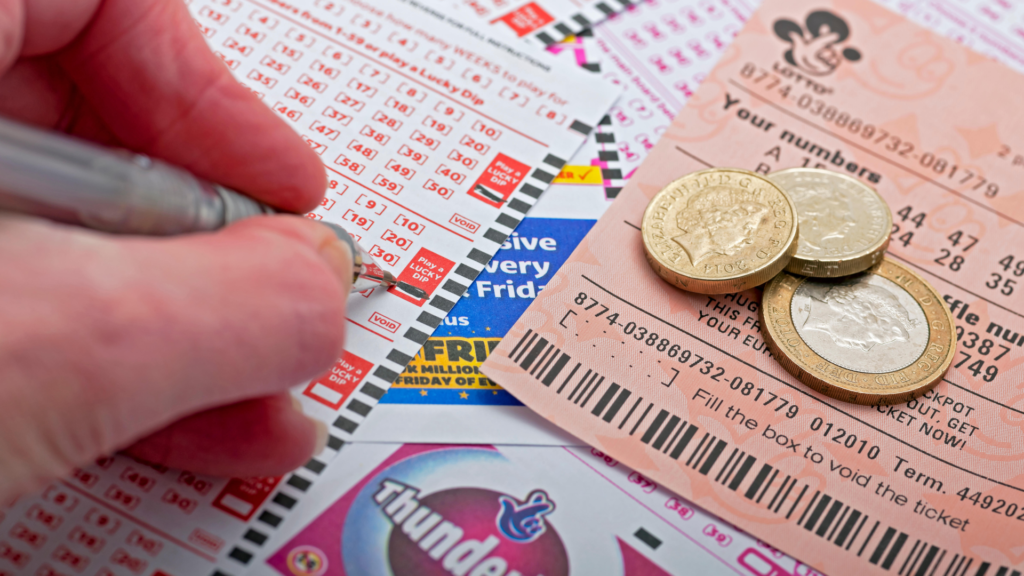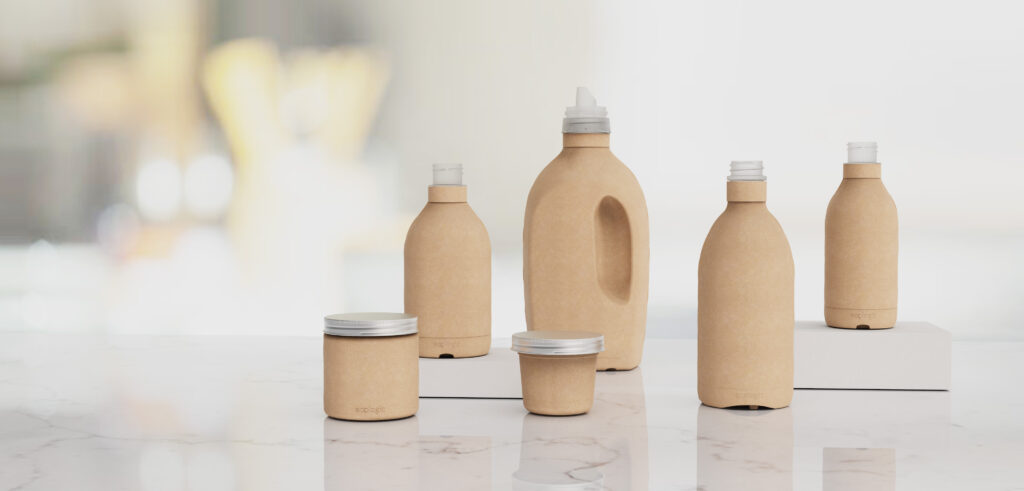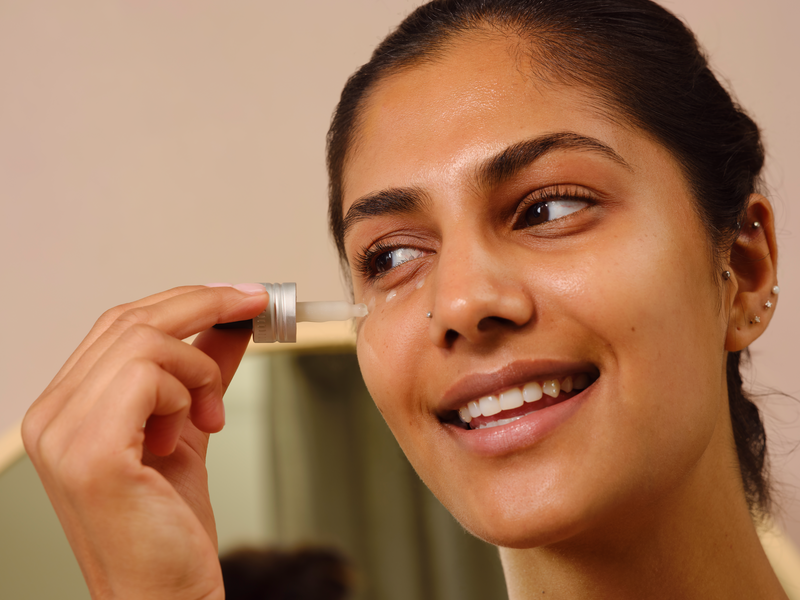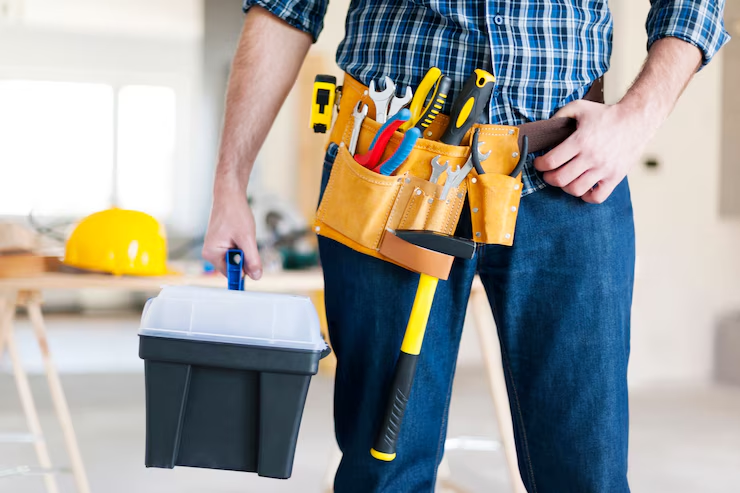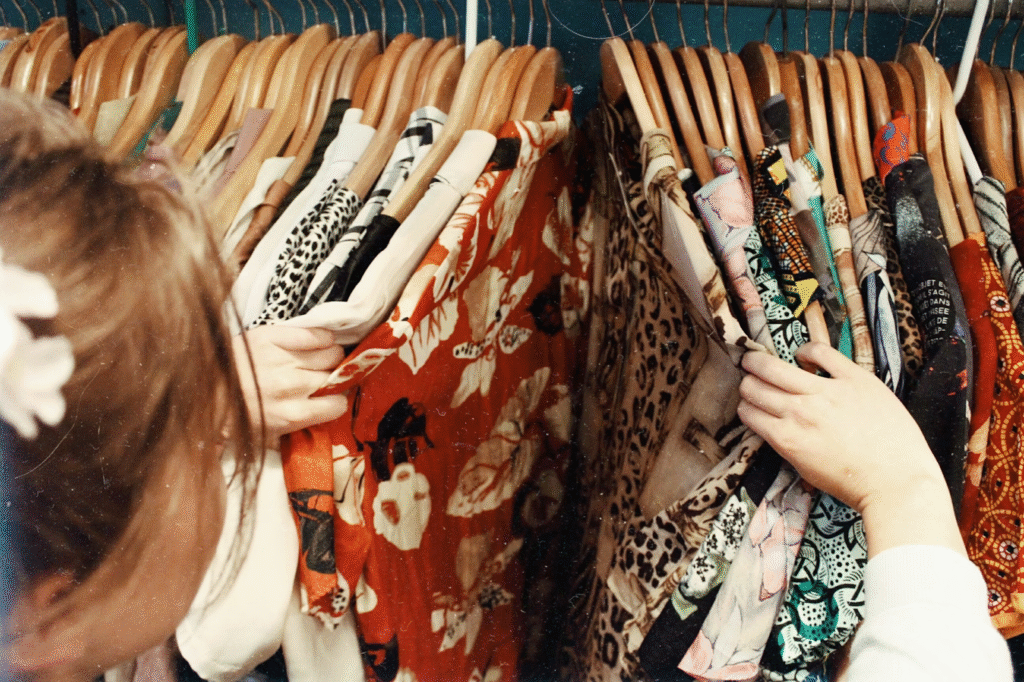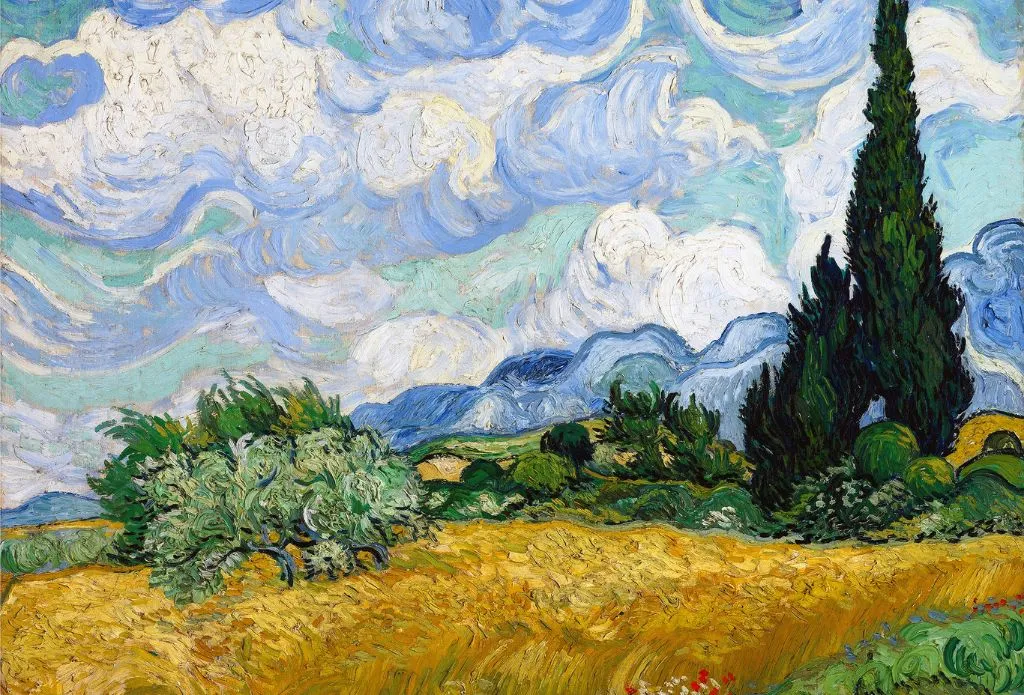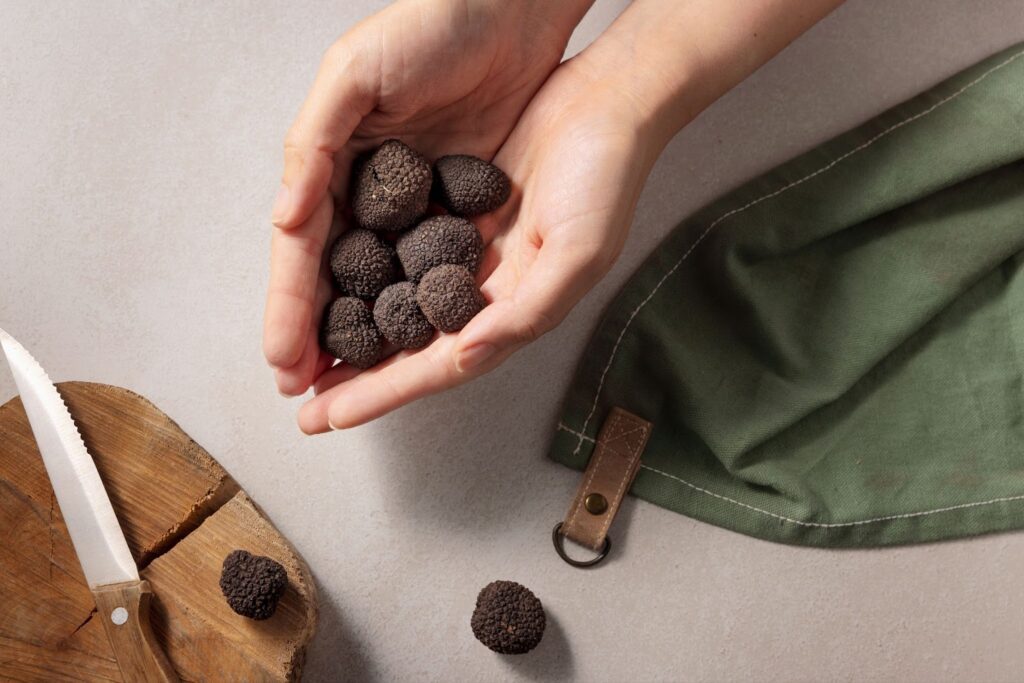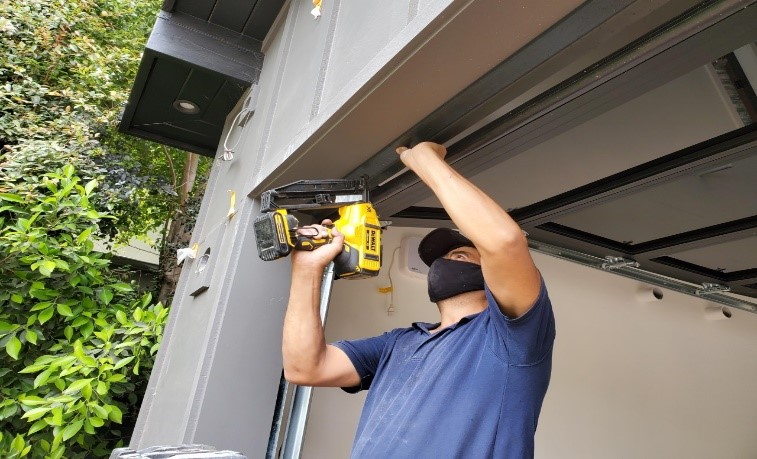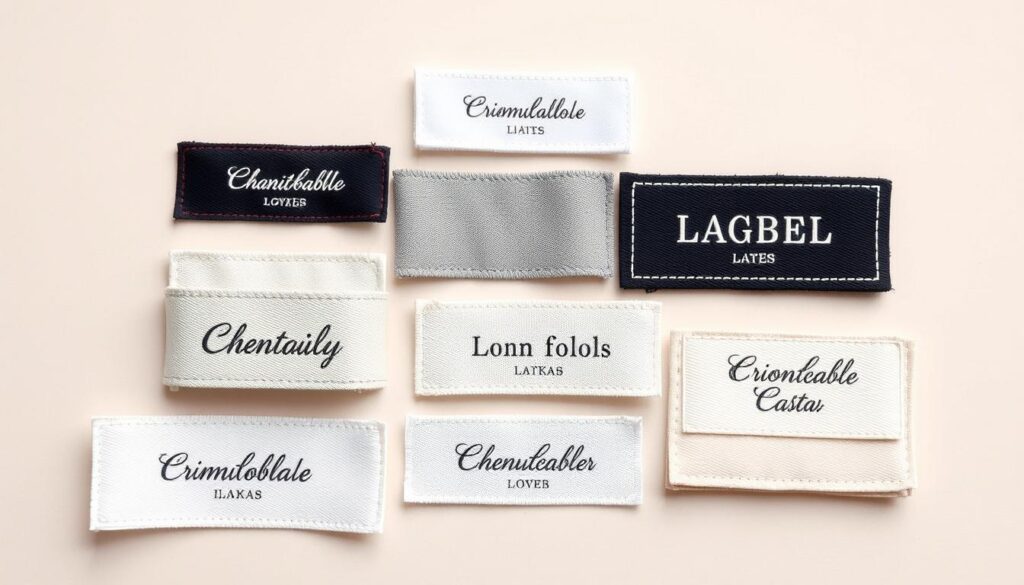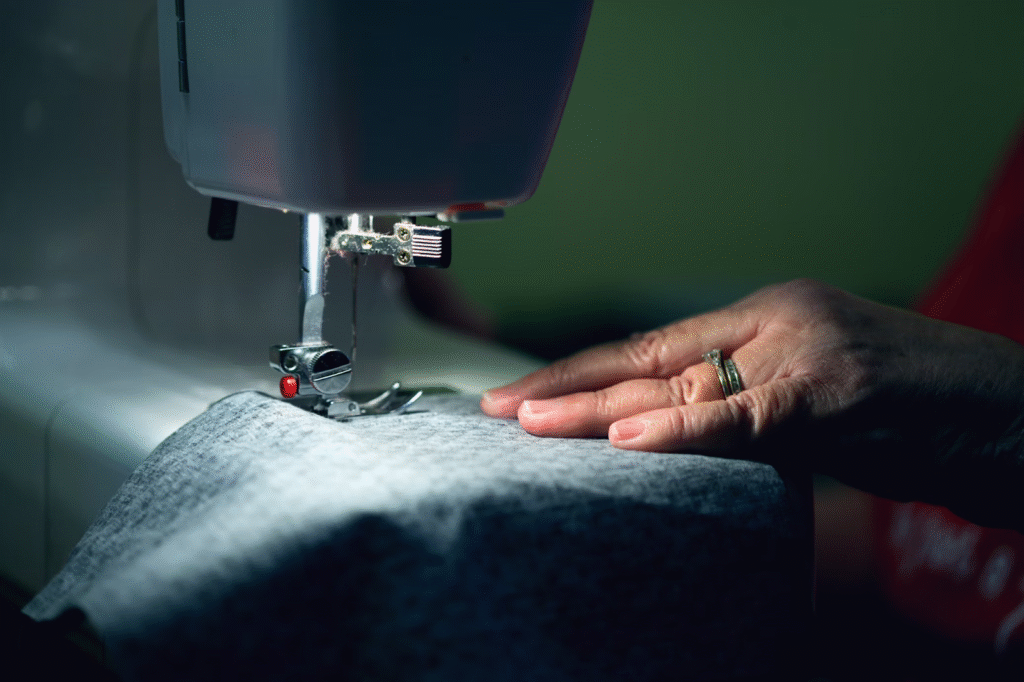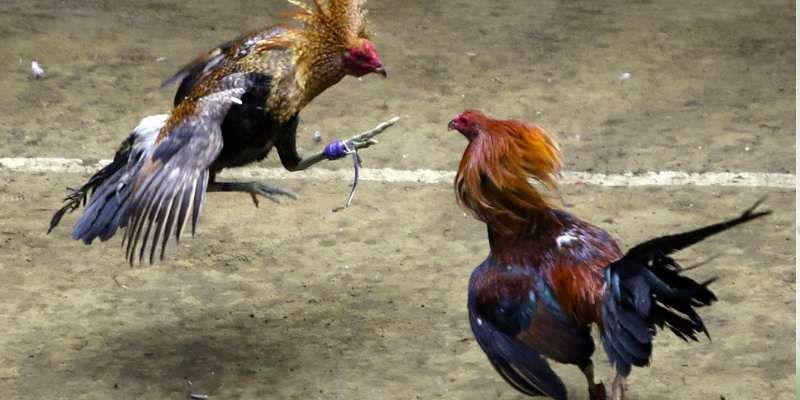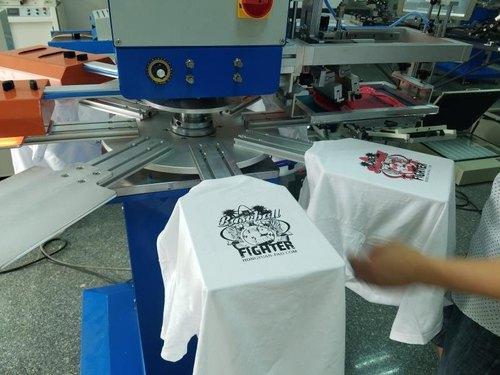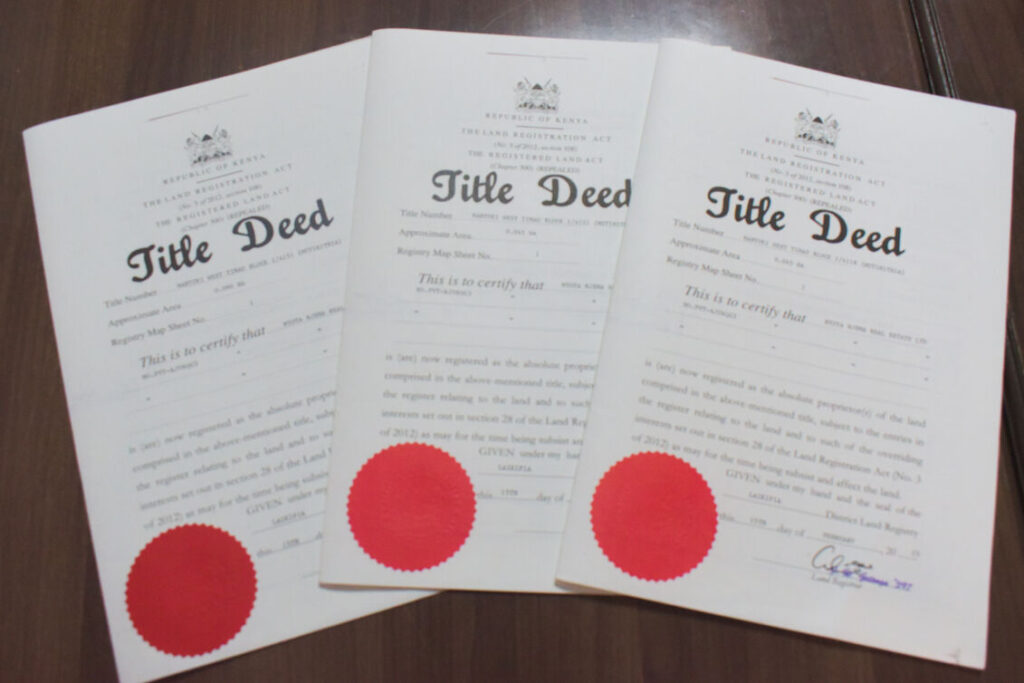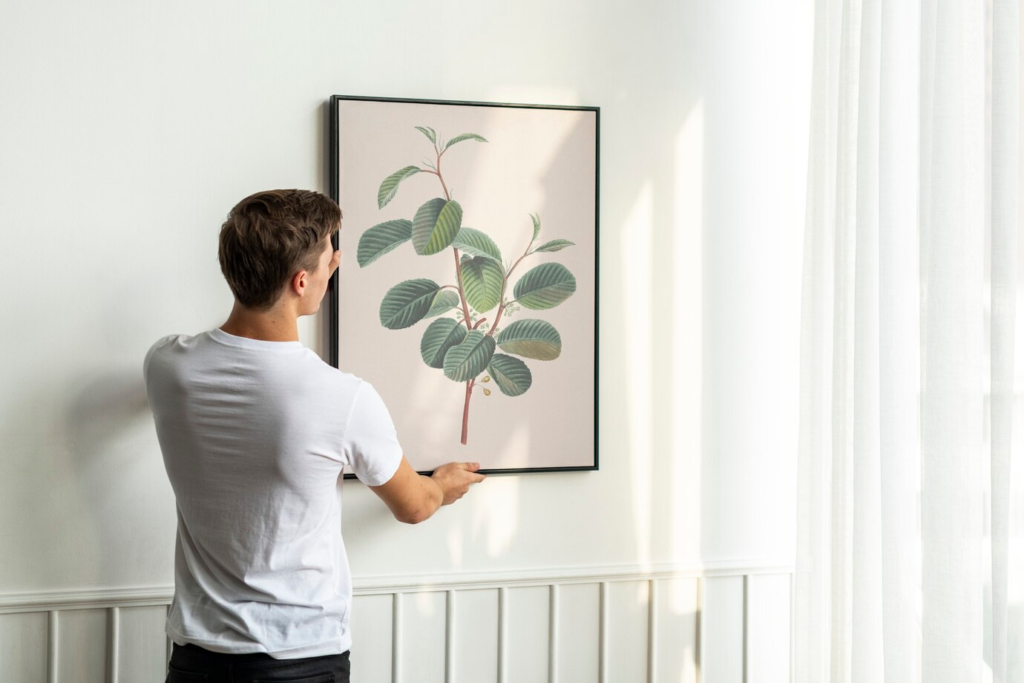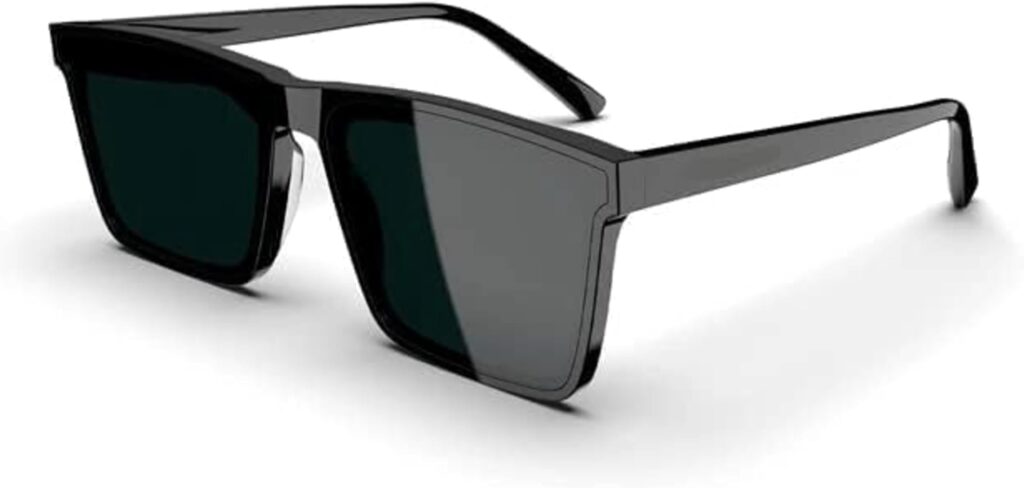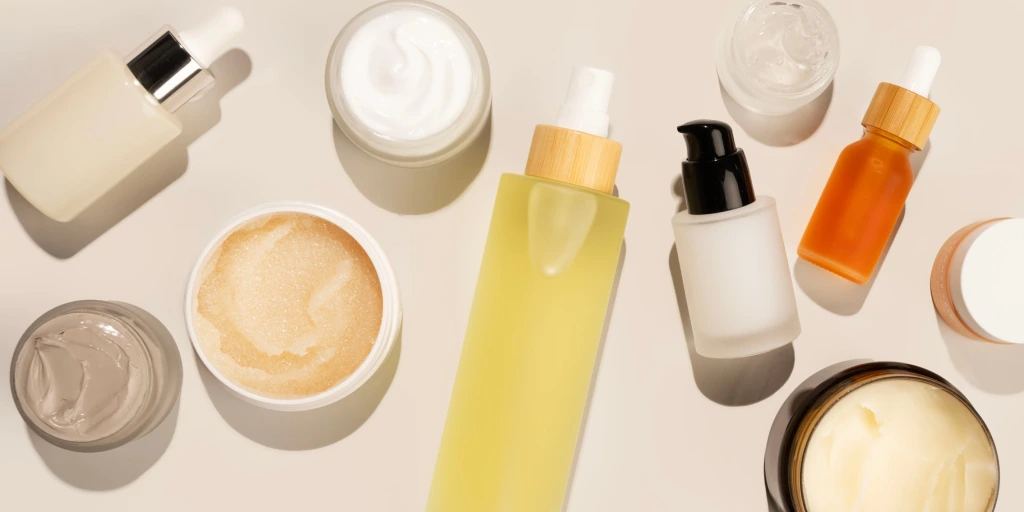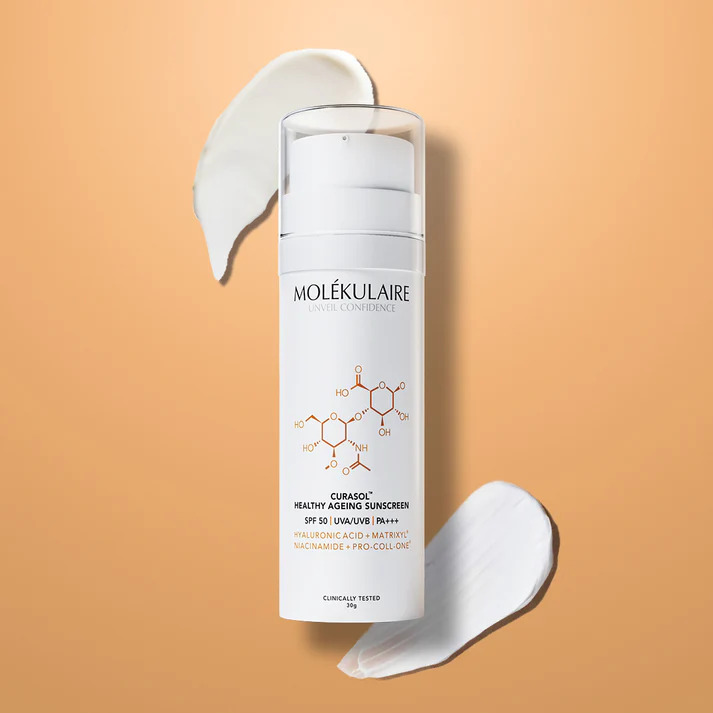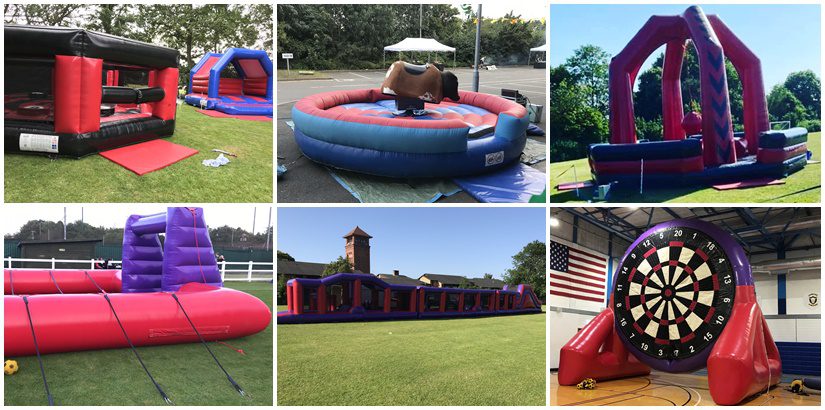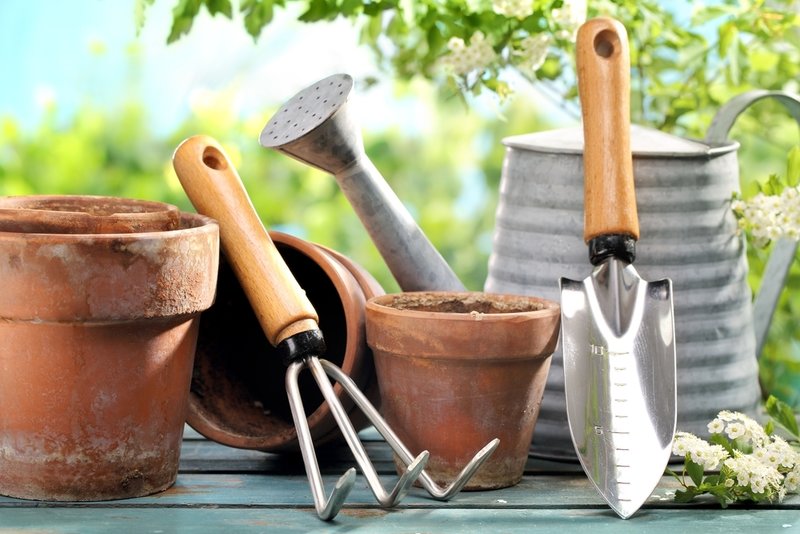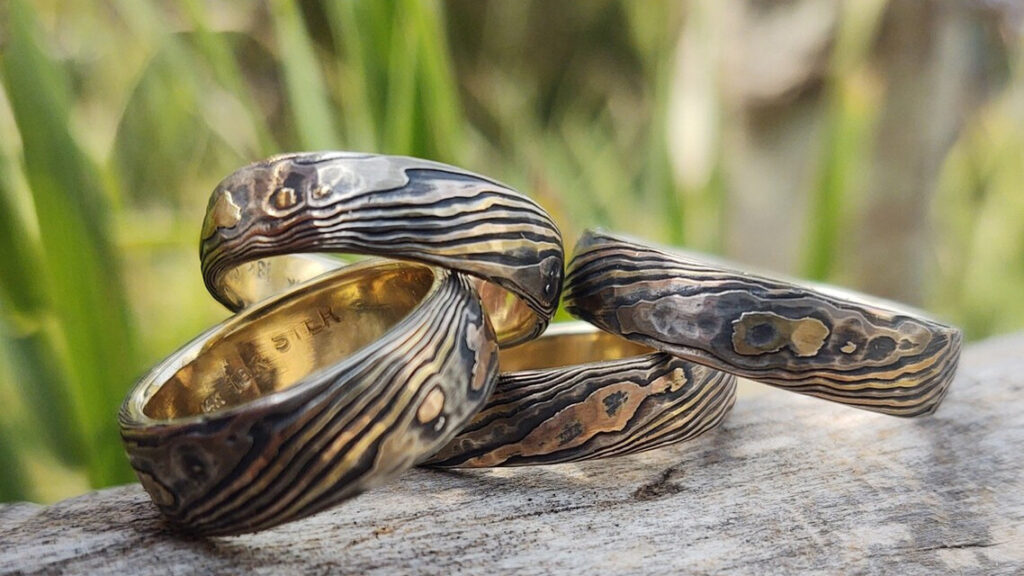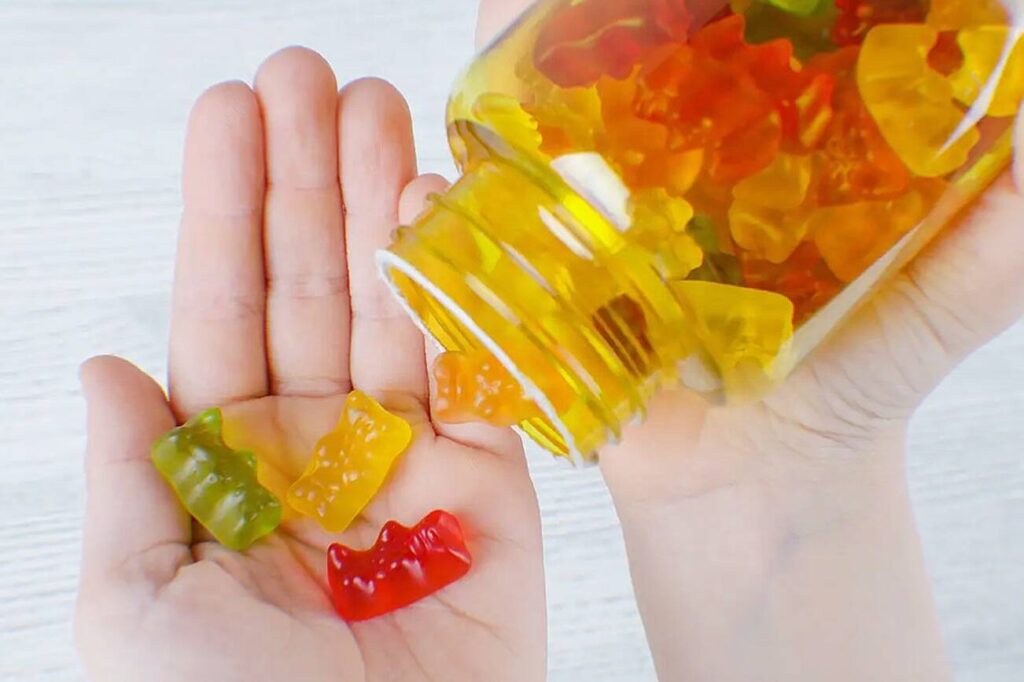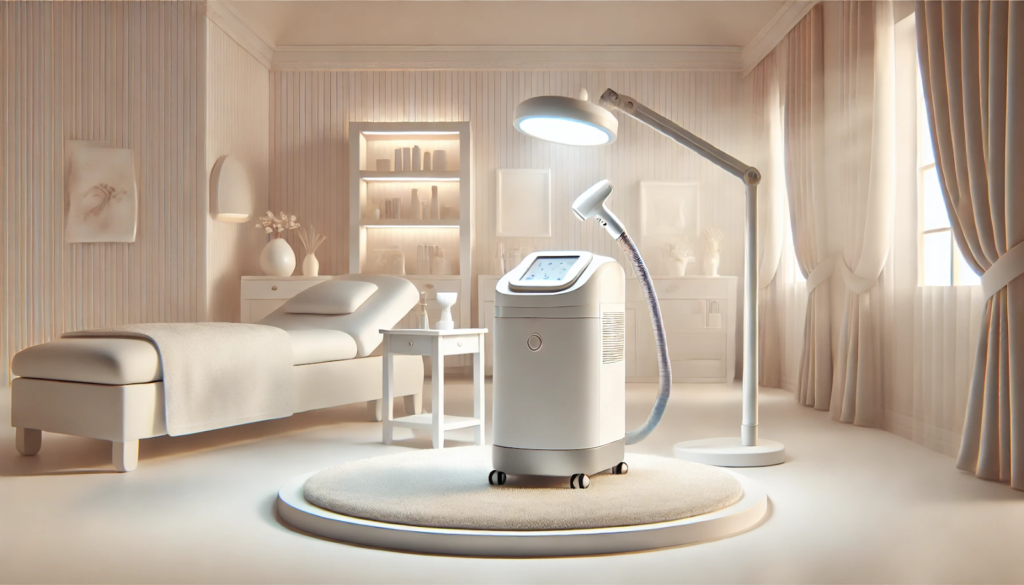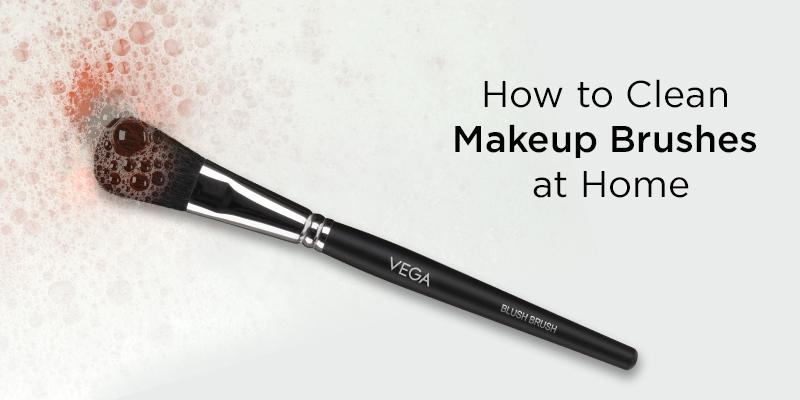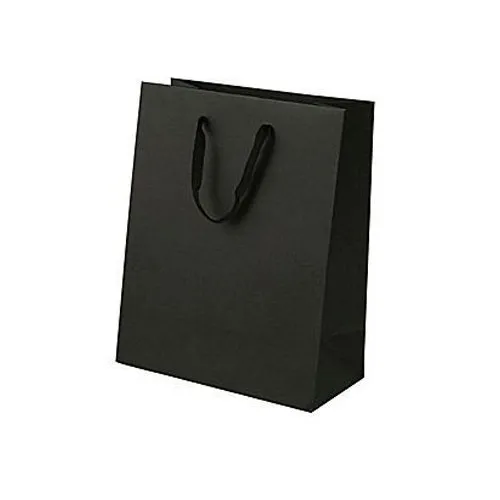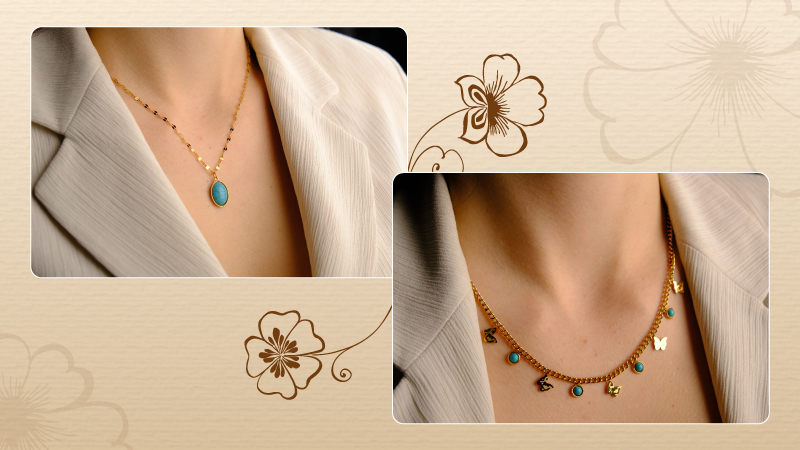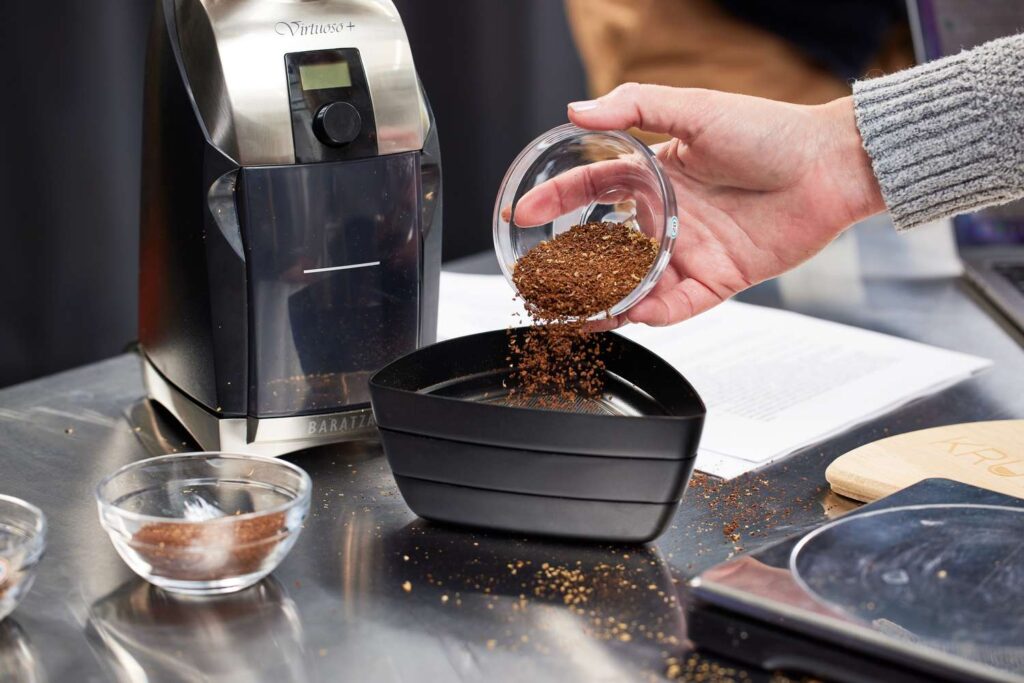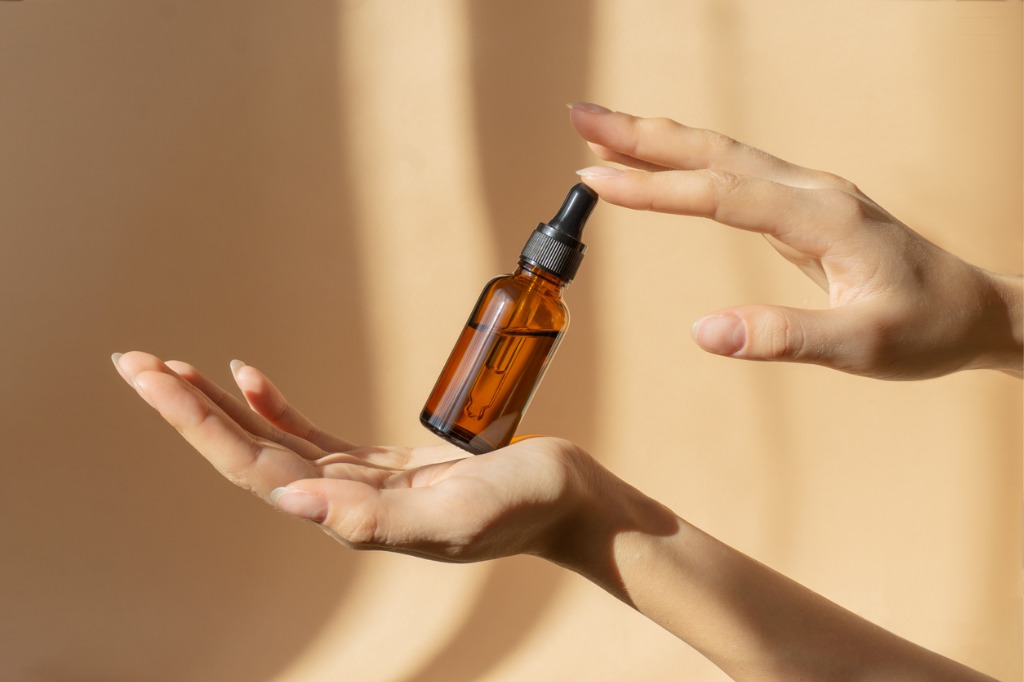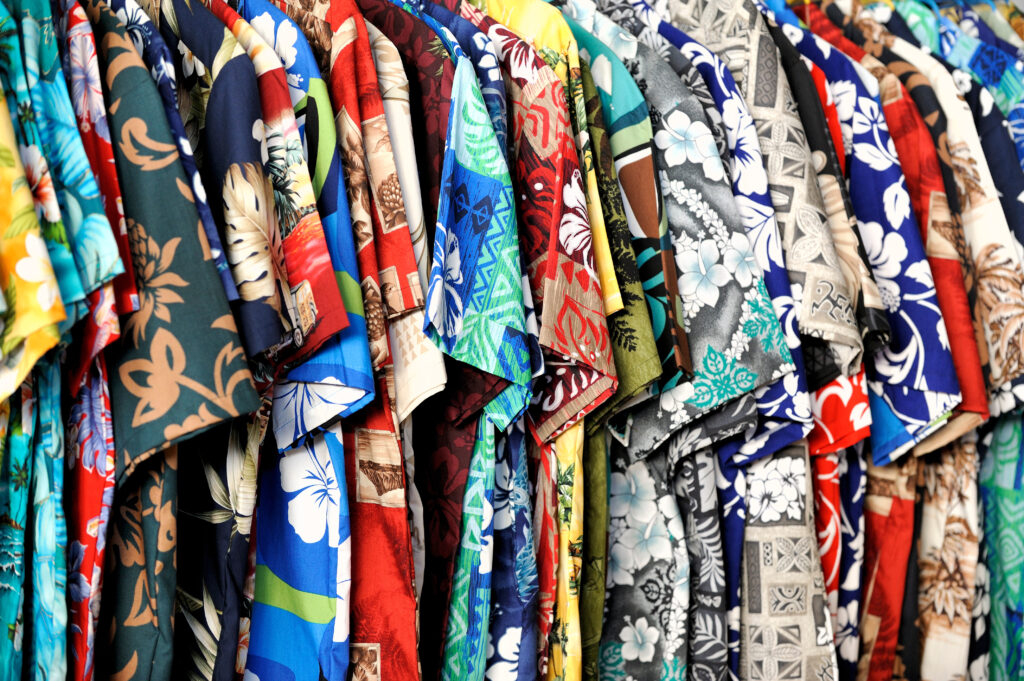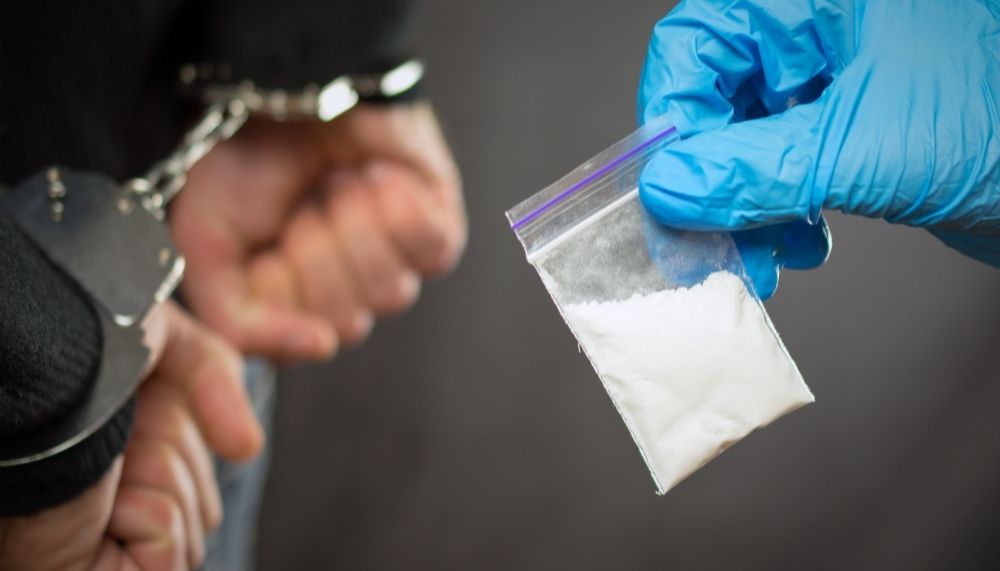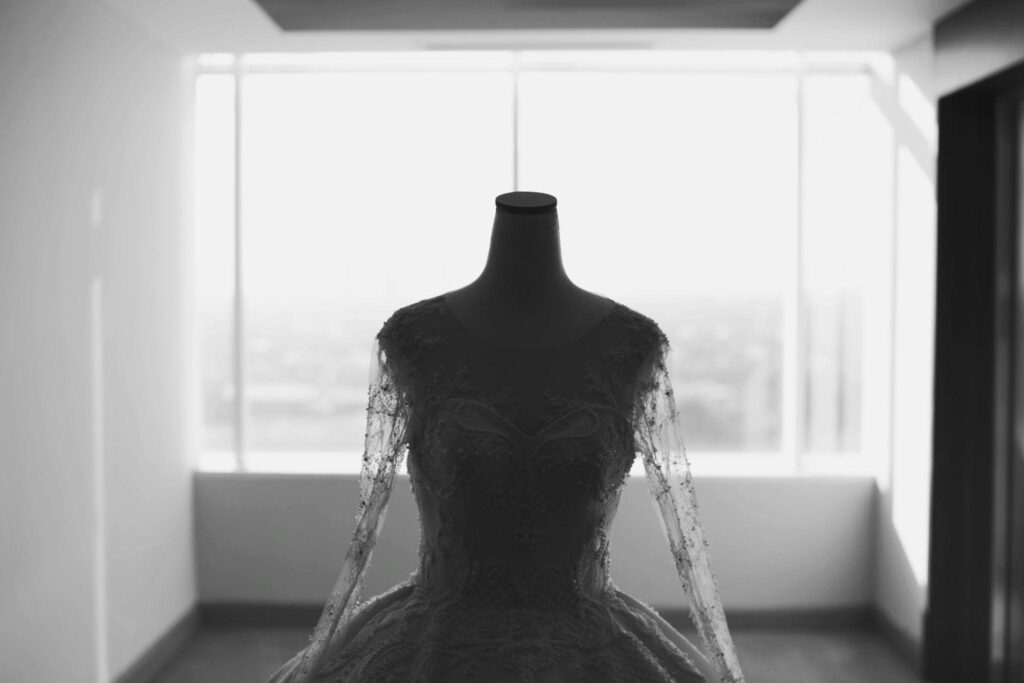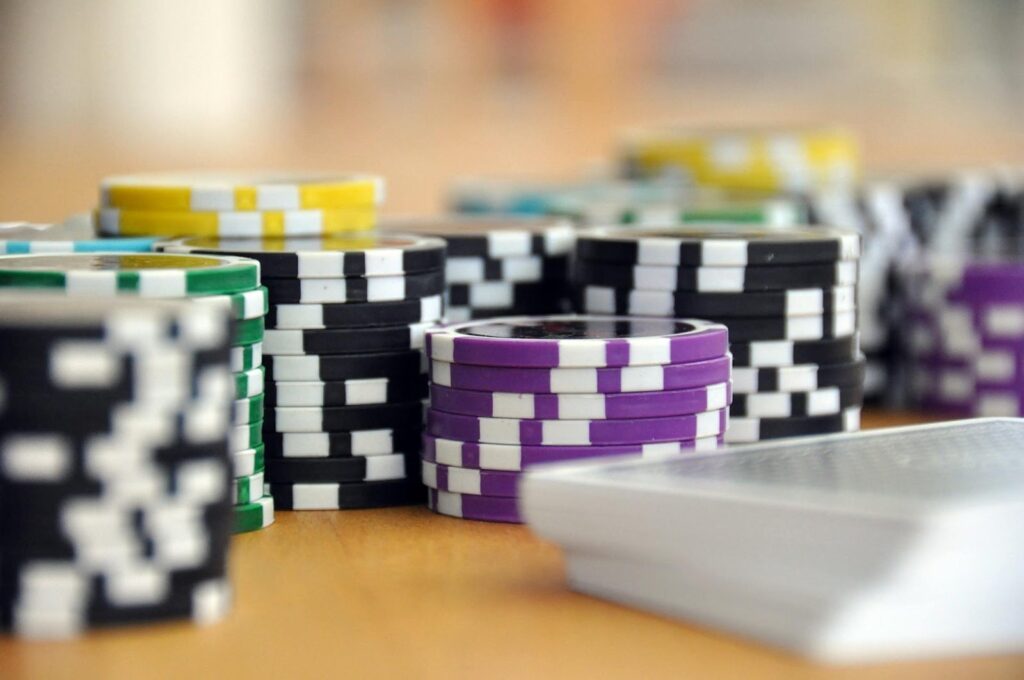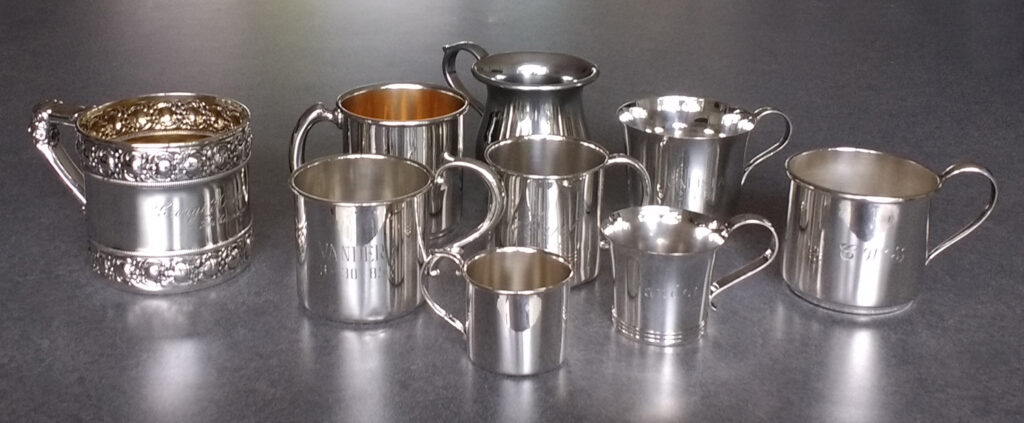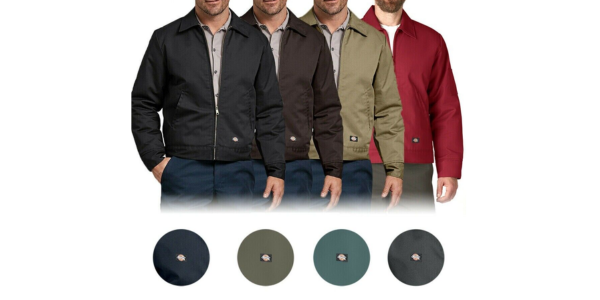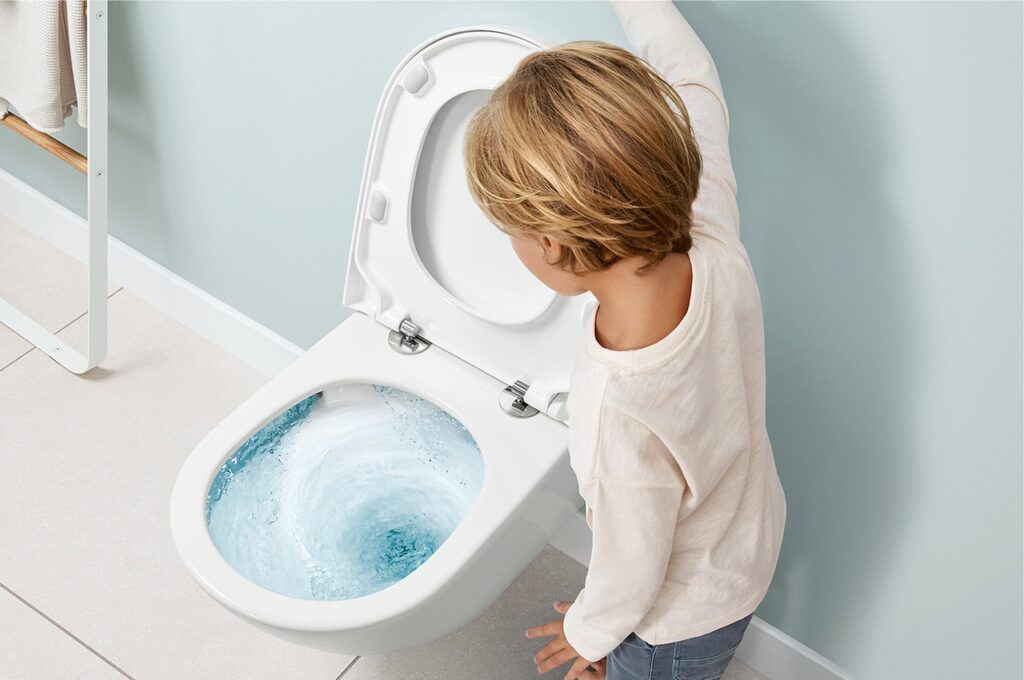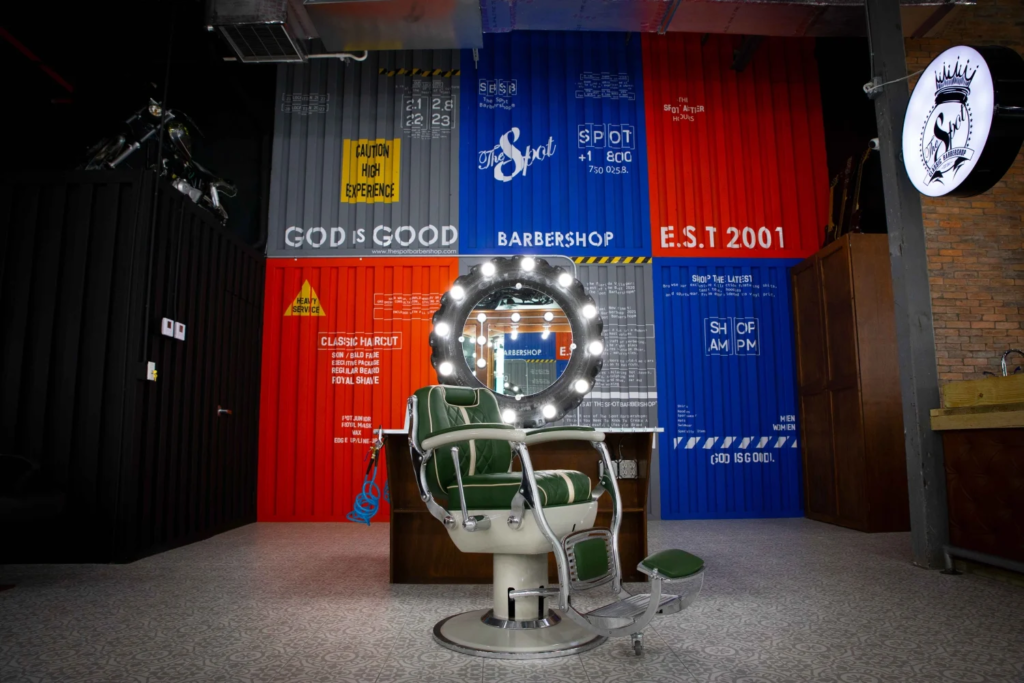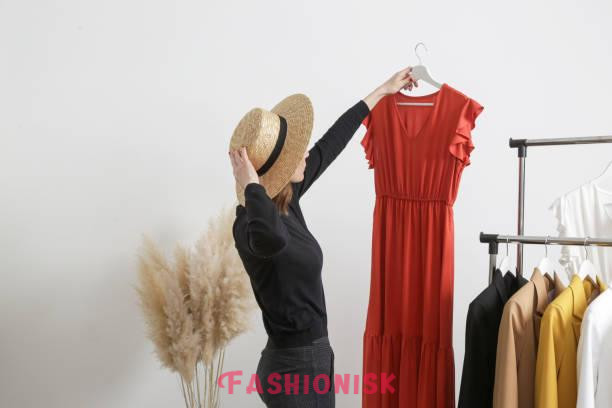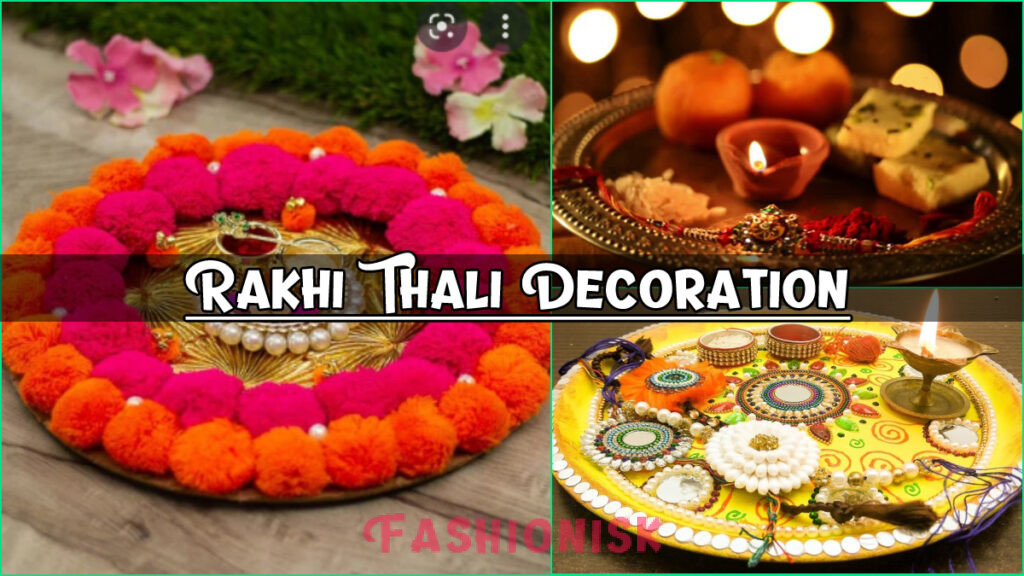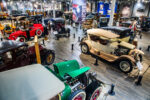Exploring the Charm and History of Collecting Old Thermometers

The art of collecting old thermometers offers a fascinating glimpse into both the history of scientific measurement and the evolution of domestic life. As objects of utility, thermometers have played a critical role in various fields, from meteorology to medicine, serving as vital instruments for understanding temperature—a fundamental aspect of our environment. However, beyond their functional purposes, these antiquated devices embody the craftsmanship and design sensibilities of the eras in which they were created. The intricate details, ranging from ornate glass bulbs to finely calibrated scales, reflect the technological advancements and aesthetic trends of their time. Collectors are drawn not only to the nostalgia associated with these artifacts but also to the stories they tell—each thermometer representing a unique intersection of art, science, and history. This article delves into the charm of collecting old thermometers, exploring their significance and the rich narratives intertwined with their development. We will examine the various types of thermometers available to collectors, the motivations behind this burgeoning hobby, and the challenges faced in preserving these delicate relics. Ultimately, the allure of old thermometers lies not just in their functionality, but in their ability to connect us with the past in a tangible and engaging way.
Fascinating Origins of Old Thermometers
The development of old thermometers can be traced back to the early scientific explorations of temperature measurement, where early devices, such as the thermoscope, laid the groundwork for modern thermometry. Invented in the early 17th century by Galilei and later refined by others, these initial instruments relied on the expansion and contraction of air within a sealed tube, which indicated temperature changes. This rudimentary understanding of temperature soon evolved with the introduction of mercury thermometers by Daniel Gabriel Fahrenheit and Anders Celsius in the 18th century, revolutionizing the accuracy of temperature readings and establishing scales that are still in use today.
As old thermometers transitioned from functional tools to collectible artifacts, their designs reflected the artistic and technological advancements of their time. Many vintage thermometers showcased intricate craftsmanship, combining utilitarian purposes with aesthetic appeal. Collectors often seek out these historical pieces not only for their practical value but also for the stories they tell about the scientific endeavors and cultural contexts from which they originated. The charm of old thermometers lies in their ability to bridge the gap between science and art, capturing a moment in history while continuing to intrigue enthusiasts and scholars alike.
Uncover the historical significance behind old thermometers and their evolution over time.
The historical significance of old thermometers lies not only in their role as instruments of measurement but also in their reflection of scientific advancement and cultural shifts. As society progressed through the Industrial Revolution and into the modern era, the demand for accurate temperature measurement grew, leading to innovations in materials and design. Old thermometers often encapsulate stories of the eras in which they were made, revealing insights into the prevailing technologies, artistic movements, and industrial capabilities. Their evolution from simple glass tubes filled with colored liquid to sophisticated digital devices illustrates a broader narrative of human ingenuity and the pursuit of precision in science.
Furthermore, the aesthetic elements of old thermometers, often crafted from materials such as wood, porcelain, or metal, showcase the intersection of function and art. Collectors of old thermometers appreciate not only the historical context but also the unique designs that reflect the craftsmanship of their time. This interest highlights a growing recognition of the value of preserving these instruments as cultural artifacts that encapsulate both the scientific heritage and the artistic expressions of past generations, making them significant not just for their practical use but as timeless pieces of history.
Unique Designs and Collectible Features
The allure of old thermometers extends beyond their historical context to encompass their unique designs and collectible features. Each thermometer embodies distinct characteristics influenced by the era of its production, ranging from ornate decorative elements to innovative shapes and colors. This diversity allows collectors to curate collections that reflect their personal tastes, showcasing pieces that resonate with both aesthetic appeal and craftsmanship. The variations in design, such as the use of elaborate markings or artistic motifs, not only enhance their visual attractiveness but also serve as markers of the different styles and technologies that emerged throughout history.
Moreover, the collectible nature of old thermometers is often defined by their rarity and condition. Certain models, particularly those produced in limited quantities or by renowned manufacturers, can command high value among enthusiasts. Collectors often seek specific features like unusual scales, unique materials, or distinctive branding, which can elevate a thermometer from a mere measuring tool to a prized artifact. This combination of artistic design and collectible characteristics makes the pursuit of old thermometers a fascinating endeavor, inviting individuals to explore the intersections of science, art, and history through their acquisitions.
Explore the distinct styles and elements that make old thermometers sought-after collectibles.
Old thermometers are distinguished by a variety of styles and elements that contribute to their desirability among collectors. From early liquid-in-glass designs to more elaborate mechanical models, each type showcases the technological advancements and aesthetic trends of its time. Many exemplify craftsmanship through intricate detailing, such as hand-painted scales or decorative casings, which not only serve functional purposes but also transform these instruments into works of art. The combination of historical significance, artistry, and engineering innovation makes old thermometers appealing to those interested in both science and design.
In addition to their visual and technological appeal, the storytelling aspect of old thermometers enhances their collectibility. Each piece carries with it a narrative related to the period in which it was made, the materials used, and the intended application, whether in medical settings, households, or meteorological observations. Collectors are often drawn to specific themes, such as advertising thermometers that feature vintage branding or those tied to particular geographic regions. This multifaceted nature of old thermometers not only enriches the experience of collecting but also fosters a deeper appreciation for the history and evolution of measurement tools throughout the ages.
Caring for Your Antique Collection
Preserving an antique collection, including old thermometers, requires a thoughtful approach to ensure each piece maintains its integrity and value. Proper cleaning techniques are essential; collectors should use soft, lint-free cloths and specialized cleaning solutions suitable for delicate surfaces to avoid damage. Environmental factors, such as humidity and temperature fluctuations, can significantly impact the condition of these antiques. Maintaining a stable environment, ideally between 60-70°F with low humidity, will help prevent warping or deterioration of materials.
Display methods also play a critical role in the care of old thermometers. Utilizing UV-filtering glass cases can protect these items from harmful light exposure, which can cause fading and degradation over time. Additionally, avoiding direct sunlight and using padded supports when exhibiting them will reduce the risk of physical damage. Regularly inspecting the collection for signs of wear or deterioration allows collectors to address potential issues promptly, ensuring their cherished old thermometers are preserved for future generations to appreciate.
Learn essential tips for preserving and displaying your collection of old thermometers.
To enhance the preservation of old thermometers, consider employing archival-grade materials for any framing or display purposes. Acid-free mounts and backing can prevent chemical reactions that may cause discoloration or deterioration. When assembling your display, ensure that the thermometers are securely fastened but not overly tightened, as this can lead to stress on the glass or seals. Regularly rotating the displayed items can also minimize prolonged exposure to light and environmental stressors, allowing each piece to be appreciated while ensuring they remain in optimal condition.
In addition to physical preservation techniques, documenting the history and provenance of old thermometers can enrich your collection’s narrative. Keeping detailed records of each piece, including its origin, age, and any restoration work performed, not only aids in maintaining its value but also enhances personal engagement with the collection. Engaging with fellow collectors and participating in forums or exhibitions can provide additional insights and advice on best practices for exhibiting and caring for these unique historical artifacts.
In conclusion, the art of collecting old thermometers offers a unique blend of charm, nostalgia, and historical significance. As we delve into the intricate craftsmanship and diverse designs of these instruments, we not only preserve a tangible piece of scientific history but also connect with the stories of those who relied on them in their daily lives. Each thermometer serves as a reminder of our evolving understanding of temperature measurement and the role it has played in shaping various fields, from medicine to meteorology. For collectors and enthusiasts alike, this hobby is not merely about acquiring objects; it is about cherishing the rich narratives and cultural heritage embedded within each piece. As interest in vintage collectibles continues to grow, the world of old thermometers remains a fascinating and rewarding avenue for exploration.



























































































